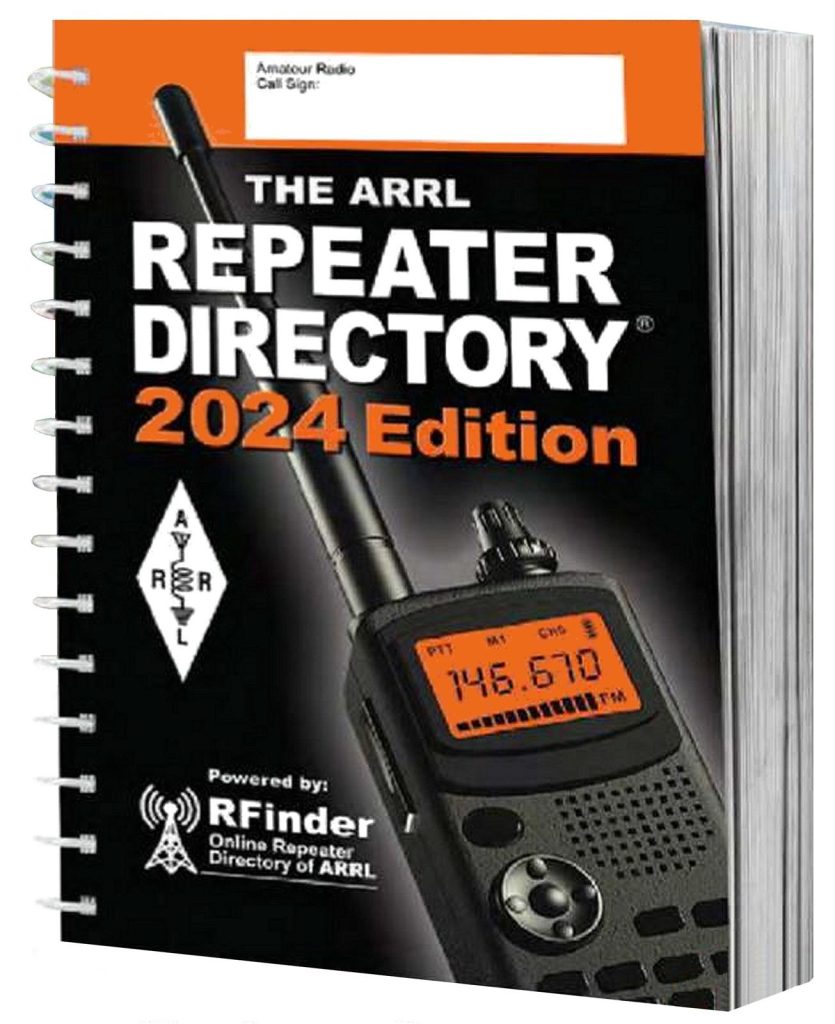New hams often wonder what they’ll do or say over the radio after they get their license. All that jargon that hams use can seem like a foreign language to those who’ve had little exposure to amateur radio. But there is no need to be self-conscious. After reading this, you’ll become fluent in repeater speak in no time.
Common Amateur Radio Repeater Terms
Chances are your first QSO (communication) will happen on a local VHF or UHF repeater using a handheld transceiver (HT). Repeaters have their own terminology, like courtesy beep, DTMF, and split. However, this split doesn’t involve bananas and courtesy beeps shouldn’t be confused with roger beeps used by CBers. You’ve probably used DTMF before, but in a different context—on your phone.
Here are some repeater terms you may encounter while you’re on the radio.
A Glossary of Ham Radio Repeater Terms
***
- Break: A word used to interrupt a conversation on a repeater to indicate there’s an emergency. You should say “break, break, break” to be sure you’re heard. It’s not used to join a conversation.
- Deviation: This refers to the change in the carrier frequency of an FM transmitter produced by the modulating signal. If you’re told your transceiver is over-deviating, talk farther away from the microphone to avoid distortion.
- Double: Two or more stations transmitting simultaneously on the same frequency, often without knowing it. The one with the strongest signal wins, but if it’s a tie, neither is heard.
- Full Quieting: This term usually signifies a good quality signal on a repeater or FM transmission. It means that your signal is clear, free of static, and easily readable.
- Half-Duplex: Radio communication using two frequencies, one for receive and one for transmit—one radio at a time.
- Hang Time: This is a cure for the double. Waiting briefly between transmissions allows smooth transitions. It also gives others a chance to join in the conversation.
- Kerchunking: You have an HT, but will it reach the local repeater? Turning it on, you briefly hit the transmit button and hear a tone in response. Satisfied, you try it again—and again. That’s kerchunking—keying up a repeater just because you can. It can really become annoying to anyone monitoring the frequency. The proper way is to say your call sign when you transmit, or something like “KE8XYZ, testing.” I even heard of one repeater that reportedly responds with “kerchunk” if it is keyed and no audio is detected.
- Machine: This refers to the repeater system itself. You might hear something like, “The 37/97 machine has the best coverage in the county.”
- Offset/Split: If the repeater output is 146.840 MHz, the input or the frequency the repeater receiver listens on is 146.240 MHz (600 kHz below 146.840 MHz). The offset prevents transmit and receive signals interfering with each other at the repeater.
- If you’re tuned to 146.840 MHz, when you push the mic button your radio automatically transmits on 146.240 MHz, 600 kHz down from 146.840. When you release the mic button, your radio switches back to 146.840 MHz to listen on the repeater’s output frequency. Confused? No worries—virtually all ham radios sold today set the offset automatically.
- Open Repeater: A repeater that may be used by any licensed ham radio operator is considered open. Closed repeaters are restricted to exclusive groups, such as members of a club.
- PL Tone: PL (private line) tones or CTCSS (continuous tone-coded squelch system) tones are sub-audible tones of 300 Hz and below that are transmitted and detected by radios and repeaters. The tone is transmitted when you talk, and the repeater lets you through if you’re using the correct tone. It’s used to prevent people accidentally keying up on a repeater frequency or a repeater interfering with another repeater during a band opening.
- Repeater Directory: It’s a publication that lists repeaters in the U.S., Canada, and other areas. A popular repeater directory is published annually by the ARRL (below). You can also find directories on the Internet from many sources. Do a repeater directory search to locate them.
- Simplex: This is communication where hams receive and transmit on the same frequency without using the repeater. It’s also called talk around. You can do this to avoid tying up the repeater, especially if you’re not far apart.
- Time Out: No, you don’t have to sit in the corner. This happens when a person talks too long and the repeater time-out timer (TOT) temporarily shuts down the transmitter. There will be a short pause, then the repeater will reset and the conversation continues.

Try the DX Engineering N8DXE Repeater!
If you’re ever near Akron, Ohio, you can access the DX Engineering Amateur Radio Club (N8DXE) repeater at 146.985 MHz. It was recently upgraded to the Icom ID-RP2010V repeater, which allows for both digital and analog operation. D-STAR gateway access is unchanged. For analog, there is no PL to access the repeater. However, the repeater will transmit a 110.9 Hz tone so you can set up your analog radio for Tone Squelch. This will allow you to filter out the digital traffic. Of course, if you are in digital mode, it already filters out the analog traffic.

